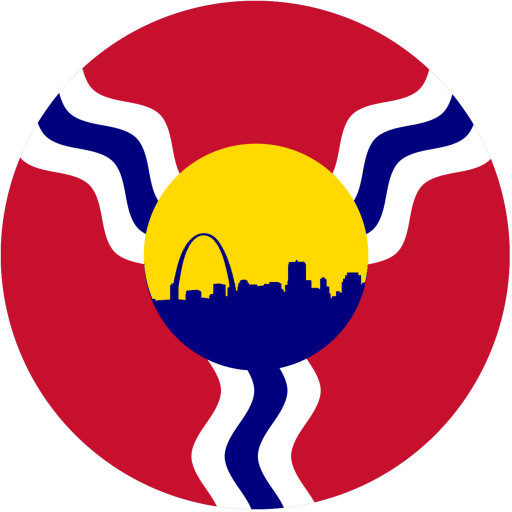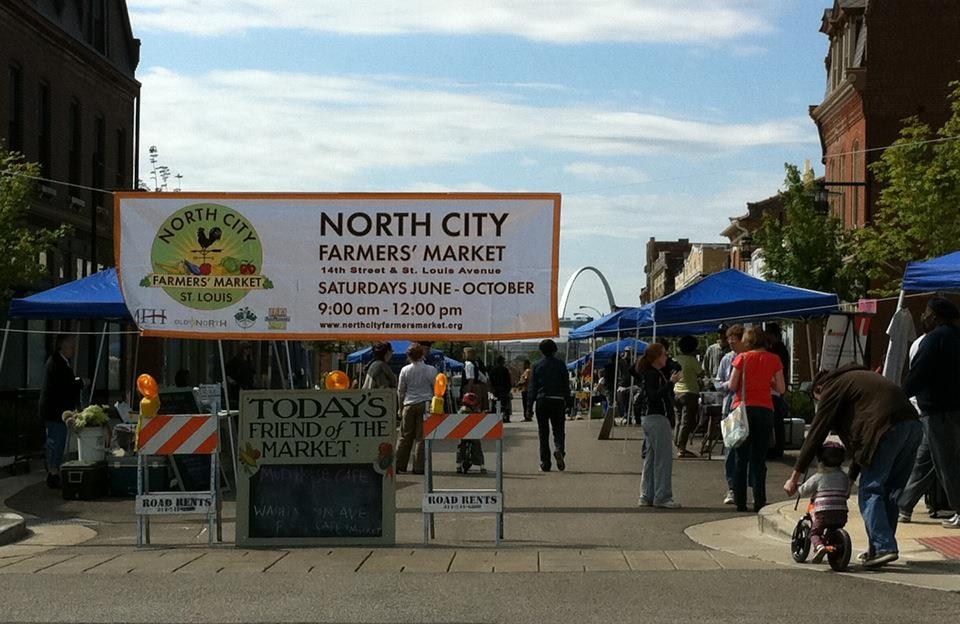Community anchors play a role in attracting people, increasing economic activity, and catalyzing further investment and revitalization efforts. Image Credit
- Anchor Stores: Retail stores or supermarkets can serve as loss leaders in blighted areas. By offering competitive pricing on essential goods or groceries, these stores can attract residents from both within and outside the area, generating increased foot traffic.
- Cultural Institutions: By providing cultural attractions, these institutions can drive interest, foot traffic, and economic activity. Visitors may then explore other businesses in the area, such as restaurants, cafes, or shops, contributing to the revitalization of the neighborhood.
- Community Spaces: Parks, public plazas, or recreational facilities and attractive spaces can foster a sense of pride and ownership, attracting residents and visitors.
- Pop-up Markets: Temporary markets or flea markets can be organized. By allowing local artisans, vendors, and small businesses to showcase and sell their products at affordable rates, markets can draw crowds and generate interest in the area. This can encourage entrepreneurship, support local businesses, and provide a platform for the community to interact and connect.
- Business Incubators: Offering discounted or subsidized rent for startups or small businesses can act as a leader in community building. By providing affordable space, these incubators can attract entrepreneurs and creative individuals who may not have otherwise considered starting a business in the area. This can foster innovation, create job opportunities, and contribute to the revitalization of the local economy.
- Transportation Initiatives: Implementing discounted public transportation or free shuttle services can make it easier for residents and visitors to access the area, increasing foot traffic and potential business opportunities. This can also enhance connectivity with other parts of the city, making the area more desirable for living, working, or visiting.


